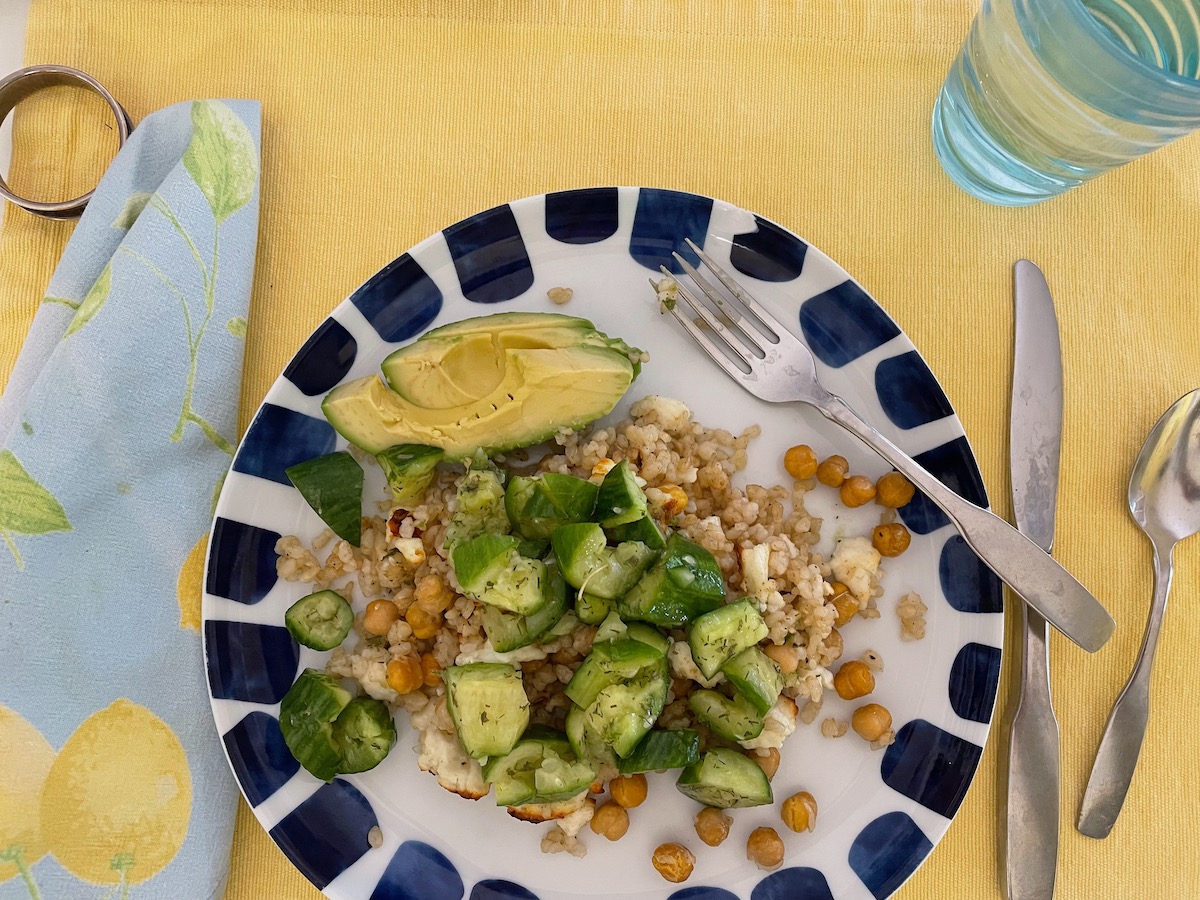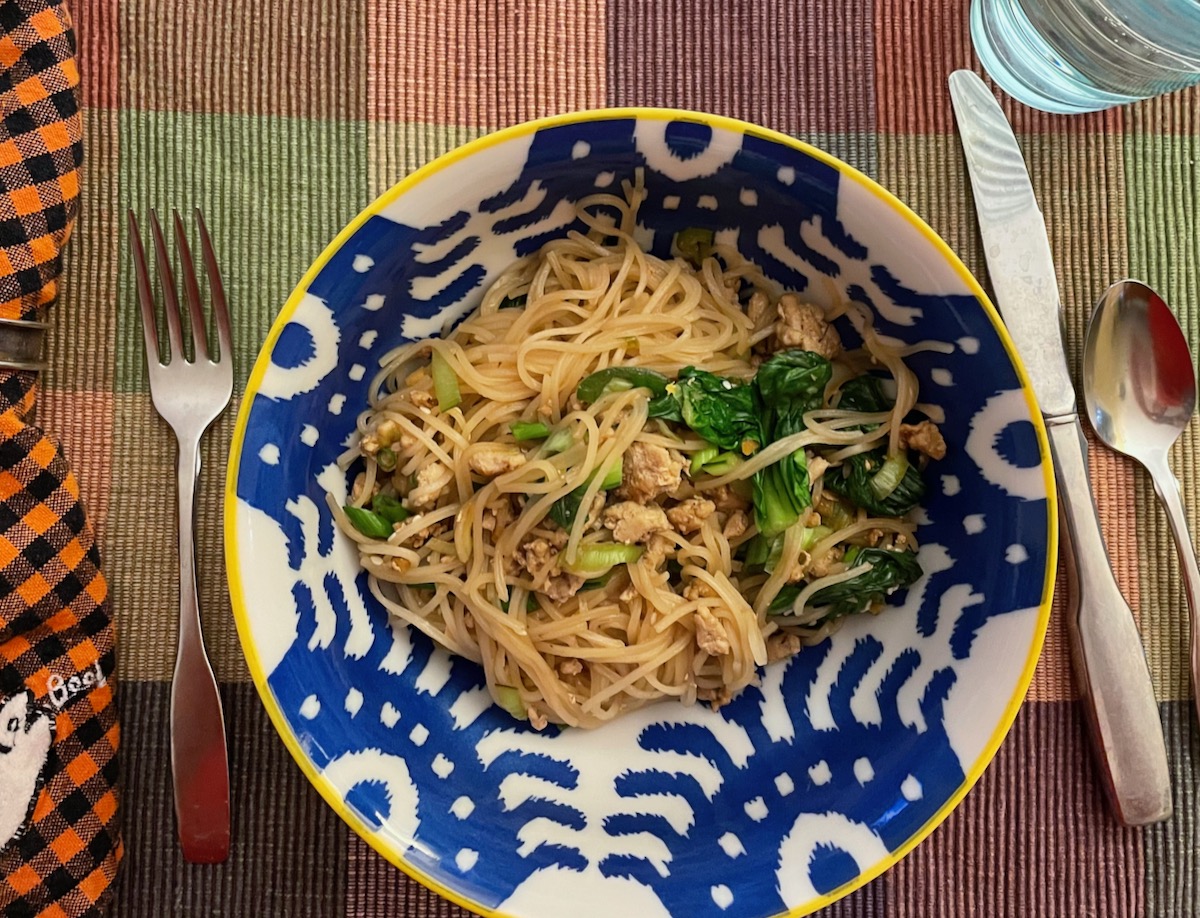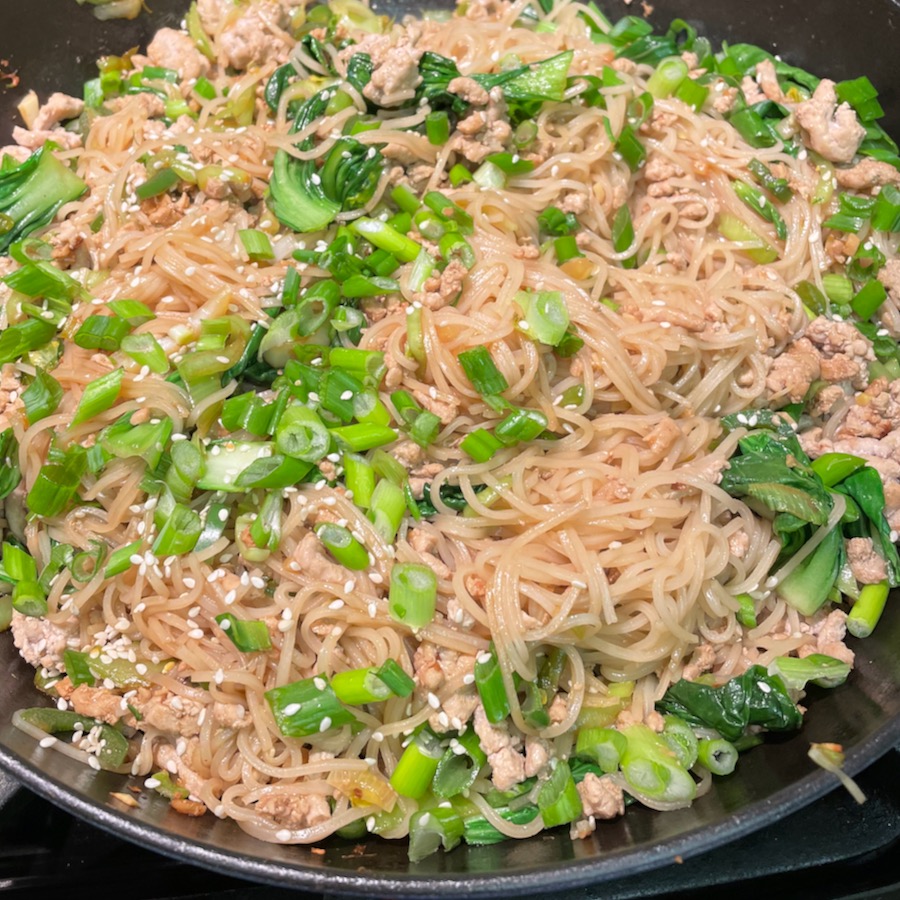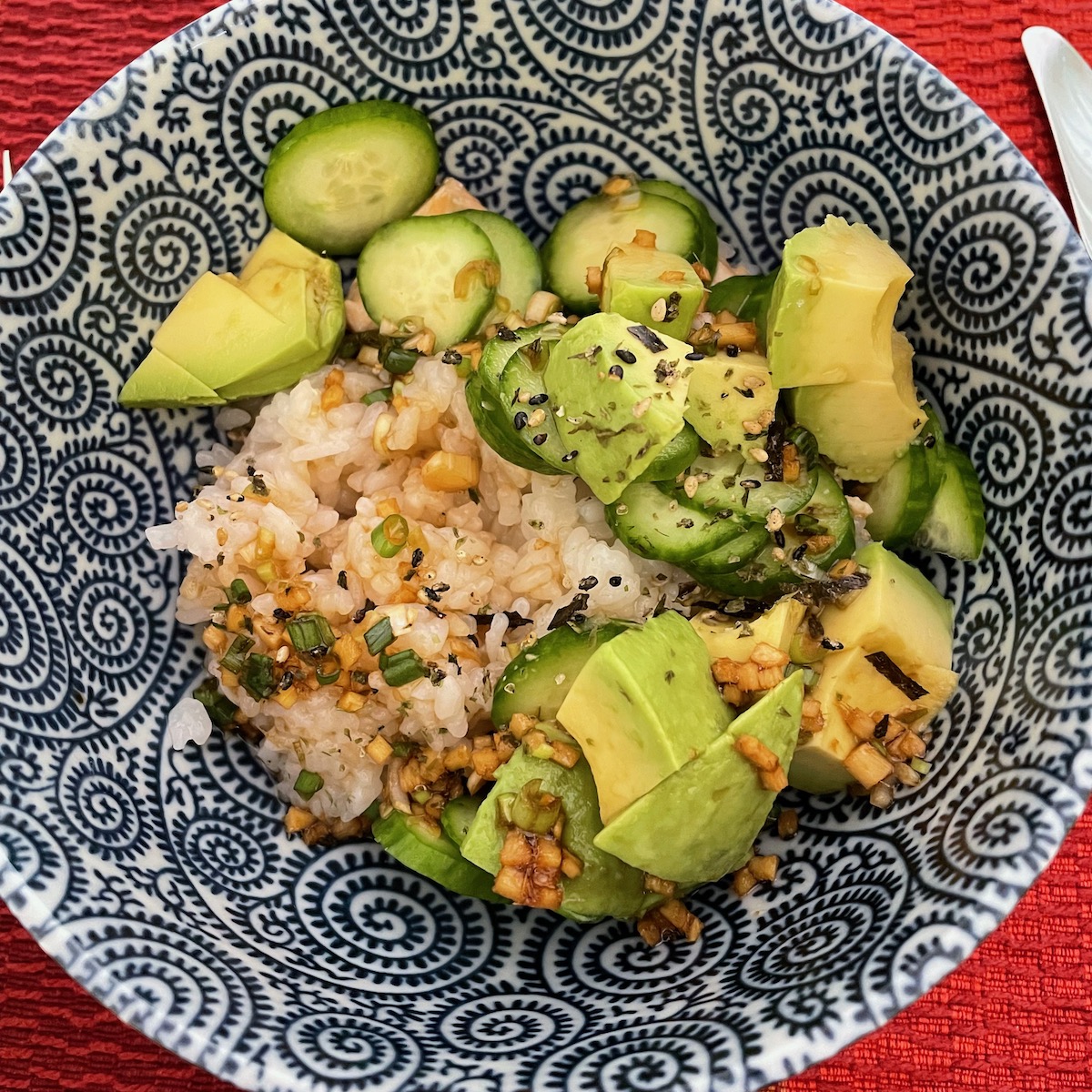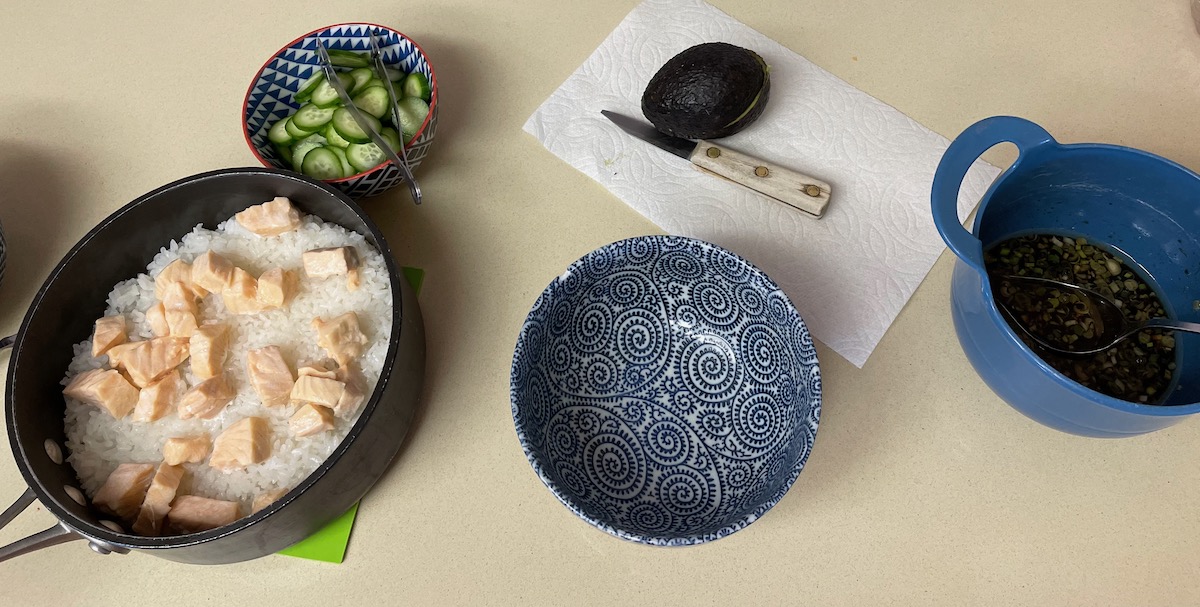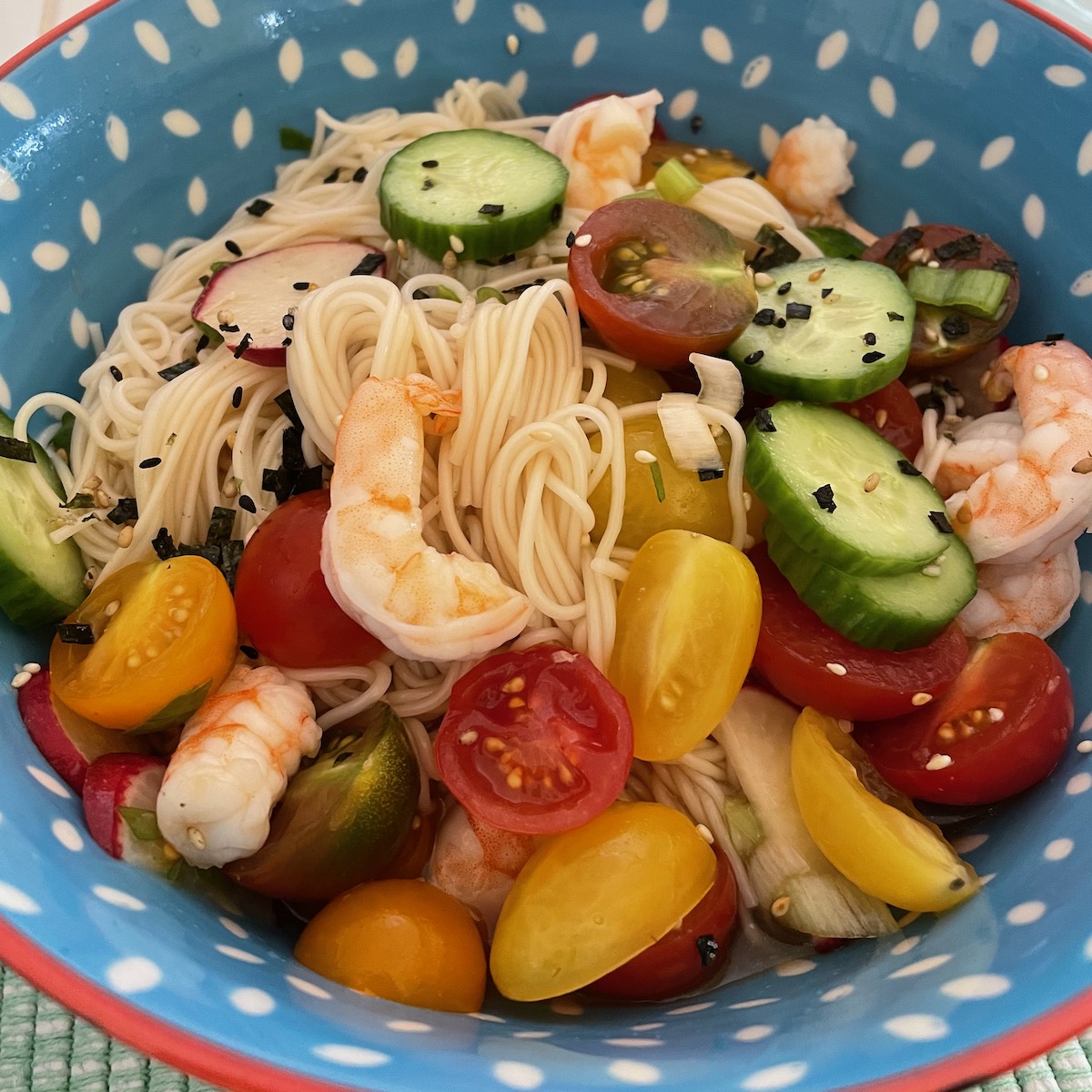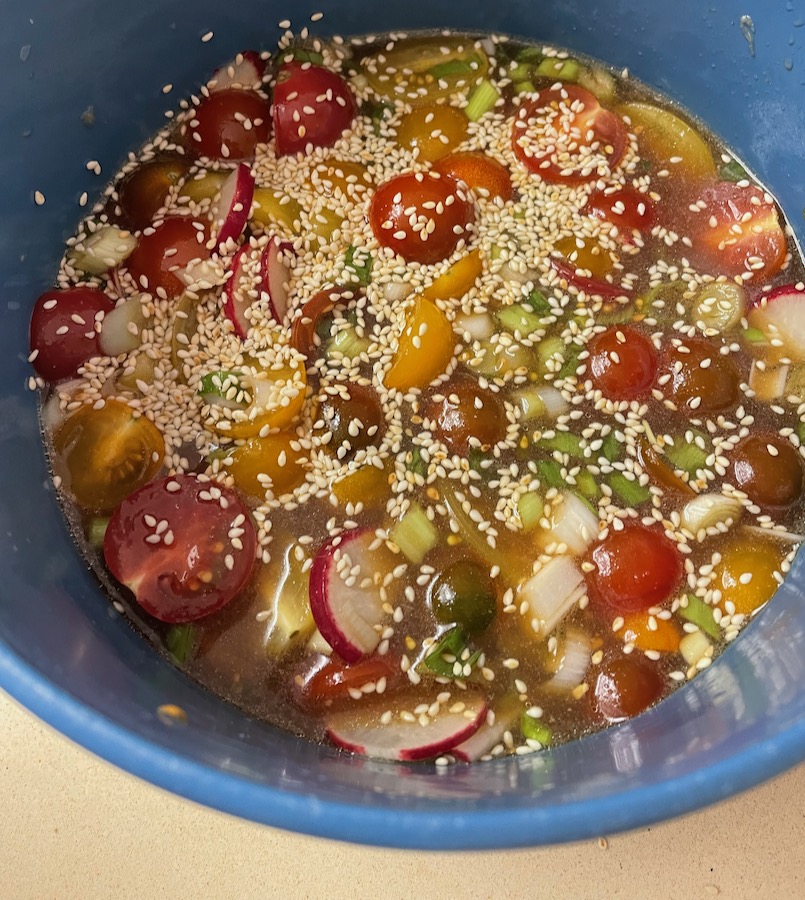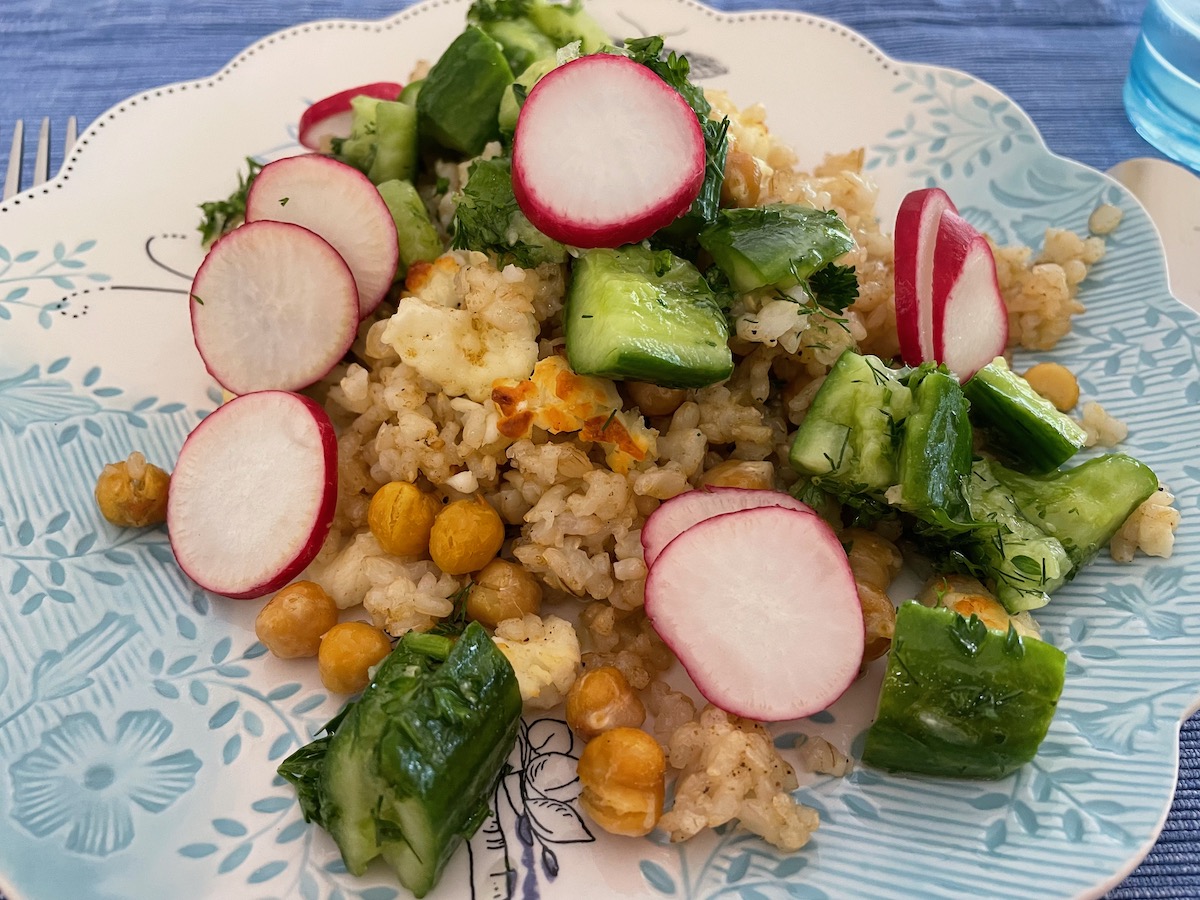
Since I cook a lot from the New York Times Cooking website, I get to know writers who make recipes that we’ll like. One of those is Ali Slagle, who introduced us to halloumi, a low-lactose cheese that kind of squeaks in your mouth. We’ve grown to really like this meatless recipe.
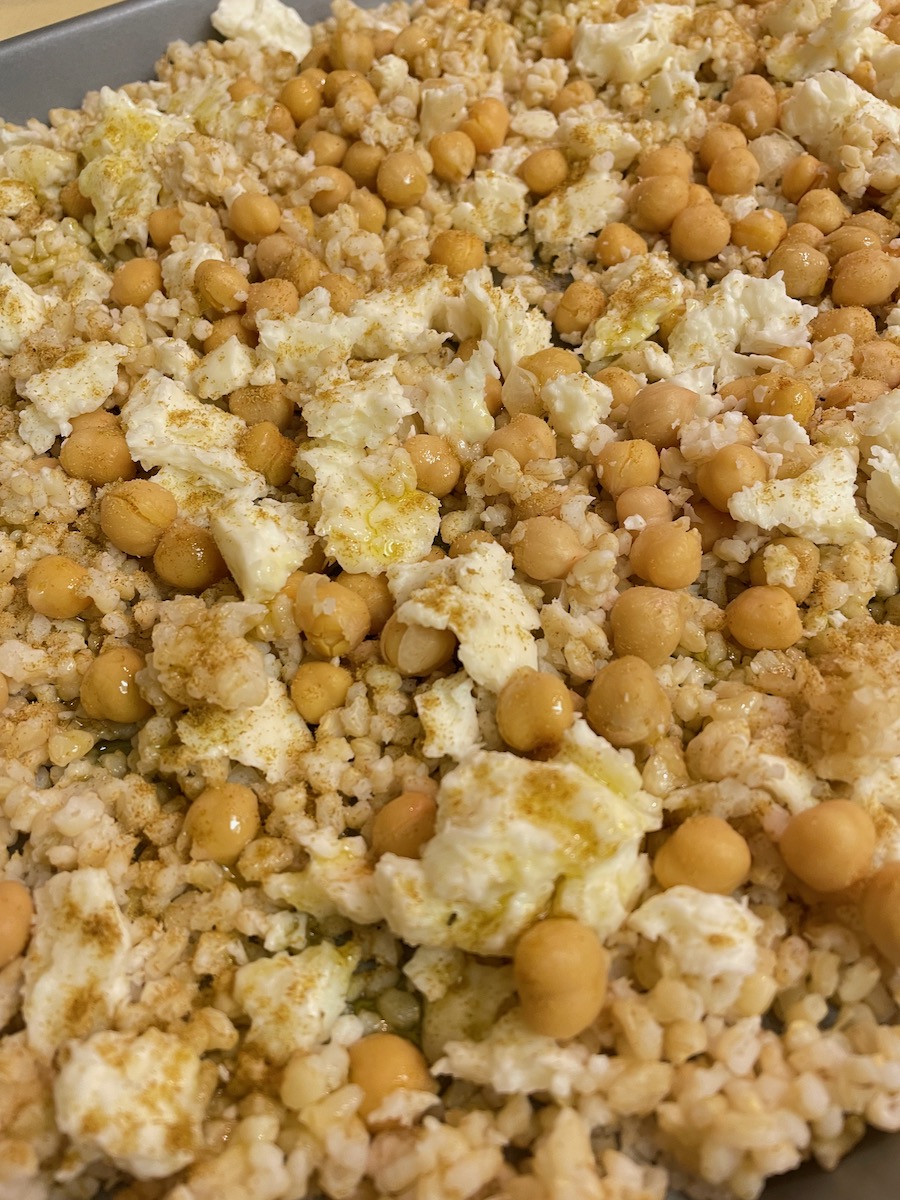
INGREDIENTS
3 cups cooked grains (such as brown rice, wheat berries, farro or a mix), shaken or patted dry (we use brown rice)
8 to 9 ounces halloumi or feta, torn into 1/2- to 1-inch pieces
1 (15-ounce) can chickpeas, drained, rinsed and shaken dry
4 Persian or mini seedless cucumbers
Kosher salt
2 limes or lemons or 1 grapefruit
1⁄2 cup finely chopped cilantro, dill or parsley leaves and stems, or a mix
1⁄4 cup extra-virgin olive oil, plus more as needed
1 teaspoon ground cumin or coriander
Black pepper
Sliced radishes (optional)
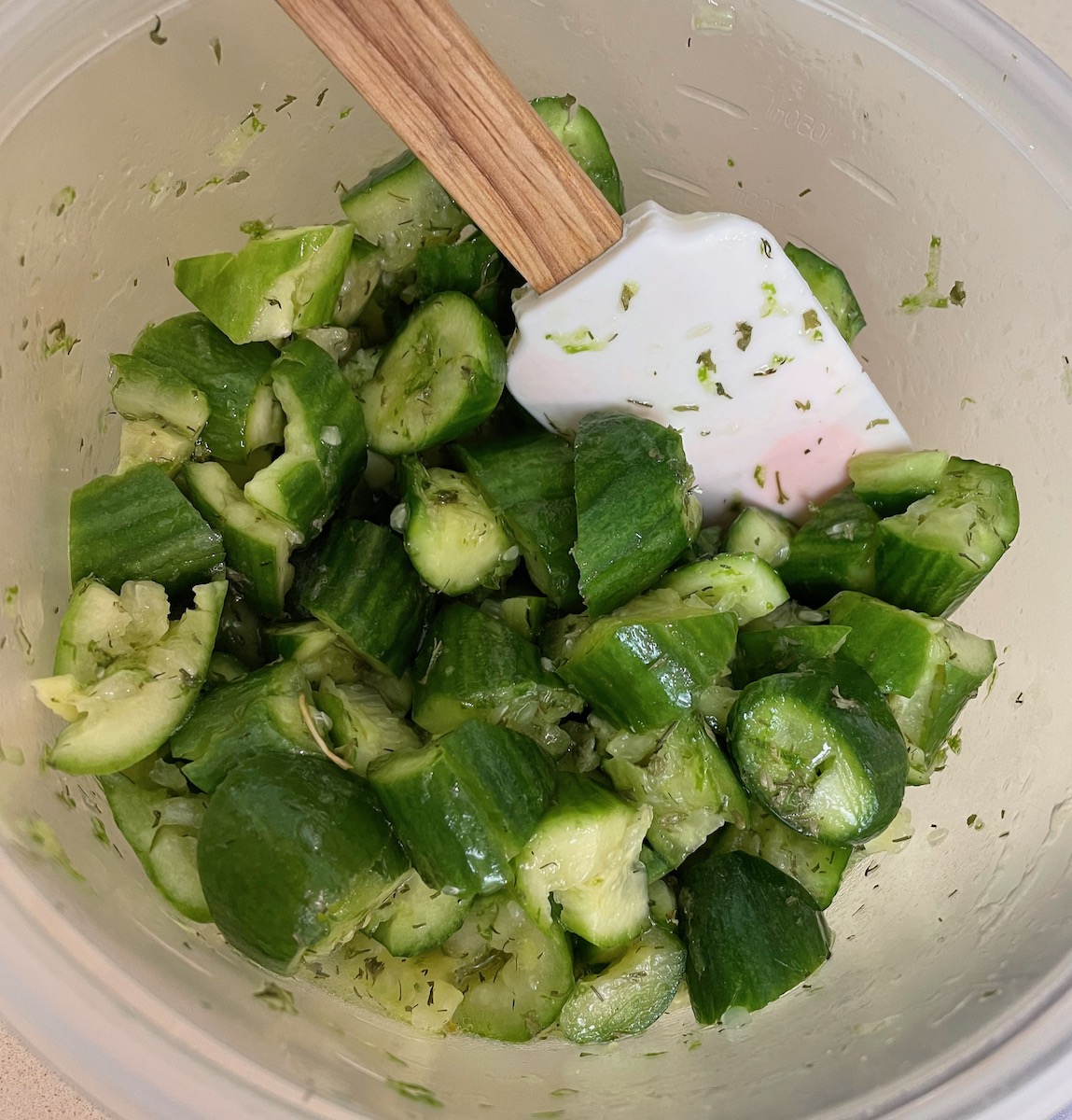
PREPARATION
Step 1 • Heat the broiler on high with a rack six or fewer inches from the heat source. Put the grains, halloumi and chickpeas on a sheet pan to air dry while you prepare the other ingredients. (You can do this up to a day ahead and refrigerate the sheet pan.)
Step 2 • Meanwhile, smash the cucumbers with the side of your knife until they’re craggy and split. Coarsely chop into irregular 1/2-inch pieces. Transfer the cucumbers and any liquid on the cutting board to a small bowl and season with salt. Finely grate about 1 teaspoon of the citrus zest over the cucumbers, then squeeze in 3 tablespoons juice. Cut any remaining citrus into wedges for serving. Add the herbs and 1 tablespoon olive oil, stir to combine and set aside. (Cucumbers can be prepared up to 3 hours in advance.)
Step 3 • Add remaining 3 tablespoons olive oil and the cumin to the sheet pan. Stir to combine. Season with salt and pepper, spread in an even layer, and broil, shaking the pan occasionally or tossing with a fork, until the chickpeas start to pop and everything is crisped and golden brown, 7 to 10 minutes.
Step 4 • Serve the grain-bean mixture topped with the cucumbers and the dressing in the bowl. Season to taste with salt, pepper, citrus juice and olive oil.
Note: We have also served it with some sliced avocados.
